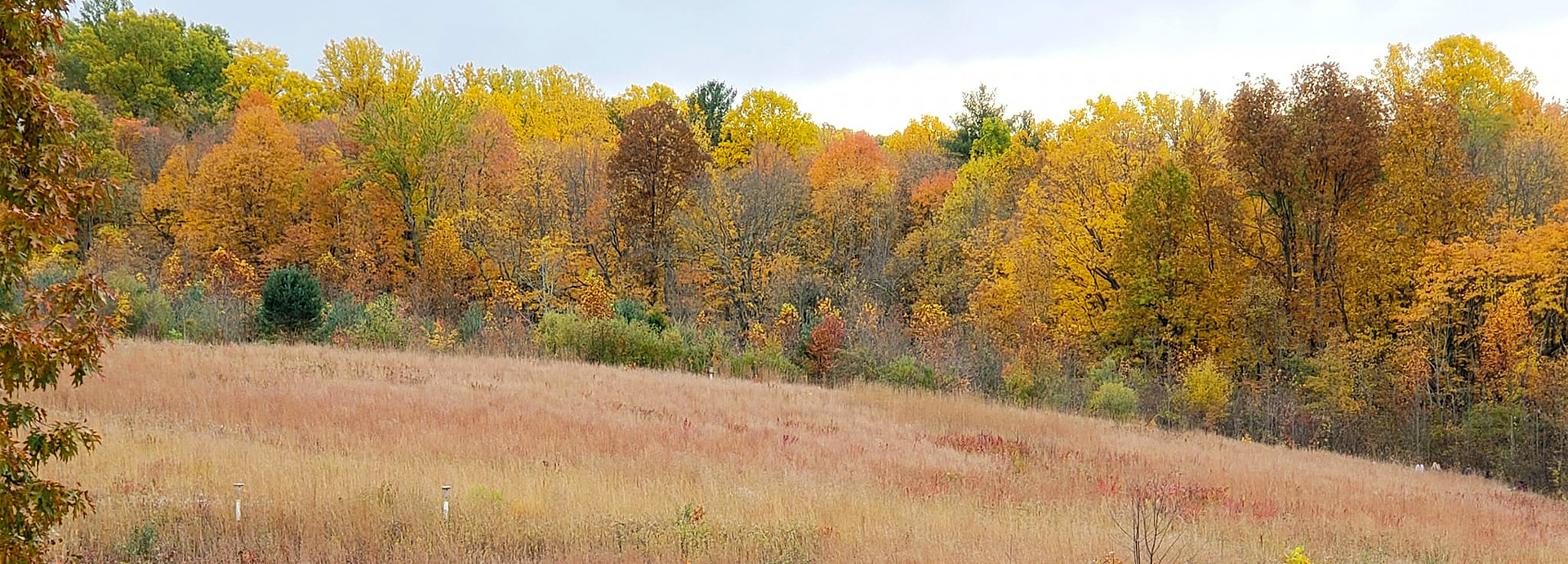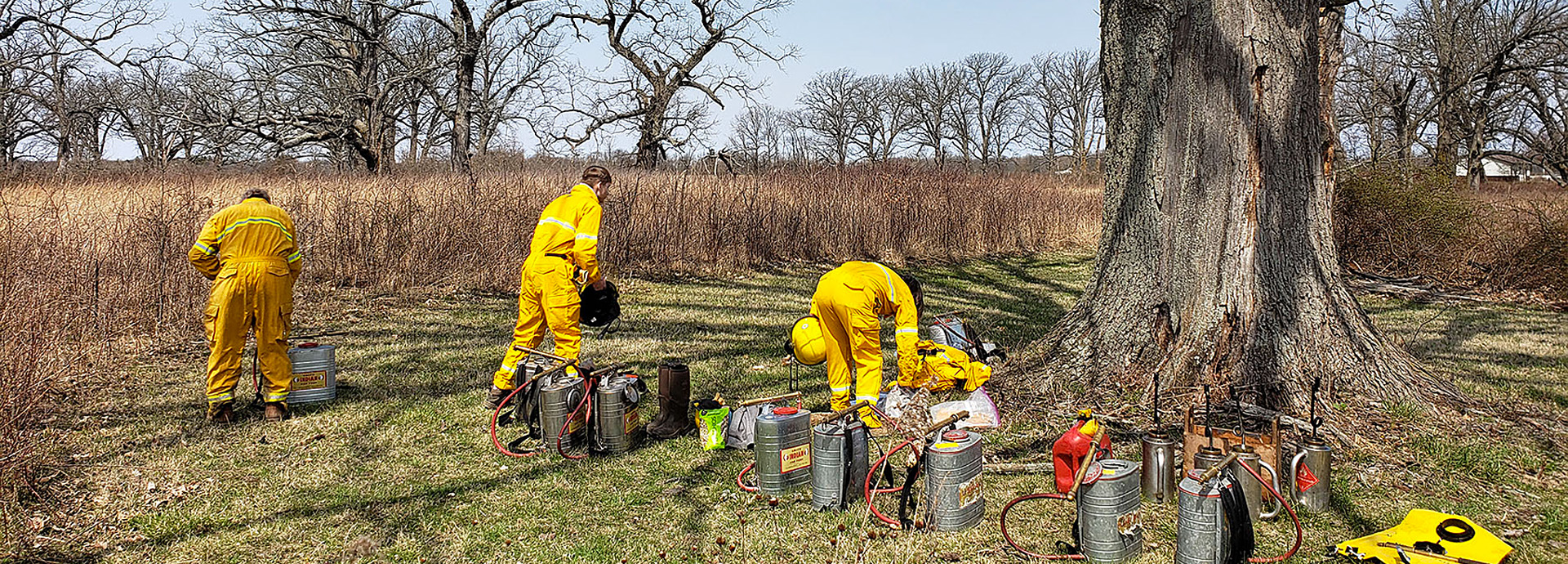
Richland County Park District
Resource Management
Richland County Park District
Resource Management
Richland County Park District
Resource Management
Richland County Park District
History
Resource Management
North-central Ohio's healthy, functioning ecosystems provide a multitude of services for a healthy, functioning human society, ranging from recreation and storm water management to fish and wildlife habitat. The Richland County Park District, through the Natural Resources Division, is committed to conserving and enhancing the fish, wildlife, plant, and geological resources of RCPD parks through the implementation of sound ecological and conservational principles.
Resource Management Philosophy
The Richland County Park District manages over 800 acres of land, encompassing a variety of rural and urban habitats including forests, wetlands, grasslands, and prairies. The RCPD's management philosophy is based on an ecosystem approach to natural resource management and a focus on biological diversity and habitat protection. This approach promotes conservation and sustainable, equitable use of natural resources based on appropriate, scientific methods which consider the interactions among organisms and their environment. Humans, with their cultural diversity, are an integral component of many ecosystems. For additional information on the ecosystem approach as approved by the Convention on Biological Diversity, see the Ecosystem Approach Sourcebook.
Responding to Problems
Ecosystem health is a top priority for the RCPD's natural resource management staff. Management often involves responding to stress factors affecting ecosystem health. Similar to how our society's buildings, roads, and infrastructure need constant care and maintenance due to prolonged use, our natural infrastructure also needs maintenance.
Invasive species, storm water, deer, and people all place enormous amounts of stress on the natural ecosystems found in RCPD parks:
- Emerald Ash Borers threaten all ash trees, which may include up to 10% of our native forest trees.
- Non-native honeysuckles, autumn olive, glossy buckthorn, purple loosestrife, and garlic mustard replace our native wildflowers, grasses, and sedges, creating monocultures.
- High deer populations lead to excessive browsing, which reduces or eliminates native plants. This is especially evident in our forest understories where shrubs and wildflowers are most impacted. Unmanaged deer populations jeopardize future forest regeneration and ultimately affect wildlife reliant on forest underbrush.
- Increased storm water runoff moves silt and pollutants (including sewage) into our lakes, streams, and rivers, not only affecting the fish and invertebrates living there, but also increasing the cost to produce drinking water.
Apart from invasive species, storm water, and deer, people place the most stress on RCPD parks, not only through normal use by tens of thousands of visitors per year, but also by refusing to adhere to "Leave No Trace" principals through illegal actions such as removing flora and fauna, releasing exotic animals, dumping yard waste or trash, and creating new trails.
Help RCPD staff help you, our wildlife, and our parks by following all RCPD park rules and regulations and adhering to the seven basic Leave No Trace principals:
- Plan ahead and prepare for your park visit - become familiar with park rules and regulations
- Travel on durable surfaces and predesignated trails
- Dispose of waste properly - pack out what you pack in
- Leave what you find - do not remove flora and fauna from park property
- Minimize campfire impacts - RCPD park properties do not allow campfires
- Always respect wildlife
- Be considerate of others during your visit
